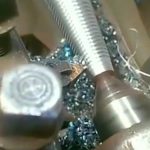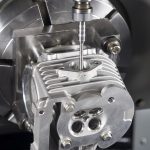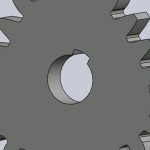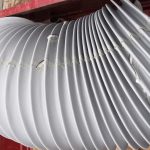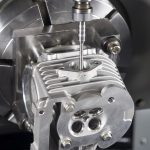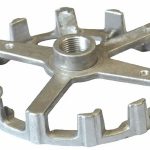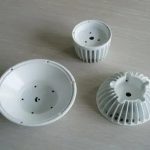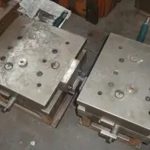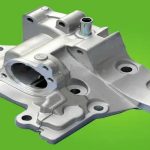Casting cleaning is one of the necessary production processes for any foundry. In addition to the type of casting such as size, shape, weight, production speed, capacity requirements, etc., which will affect the choice of shot blasting machine, there are other considerations. Various molding process lines produce thousands of casting types and structures, and there are a variety of cooling and sand falling methods that match. The processes of all these upstream processes will affect the cleaning requirements. In addition, downstream production, such as the opinions of end users of castings, will also affect the choice of shot blasting equipment for foundries.
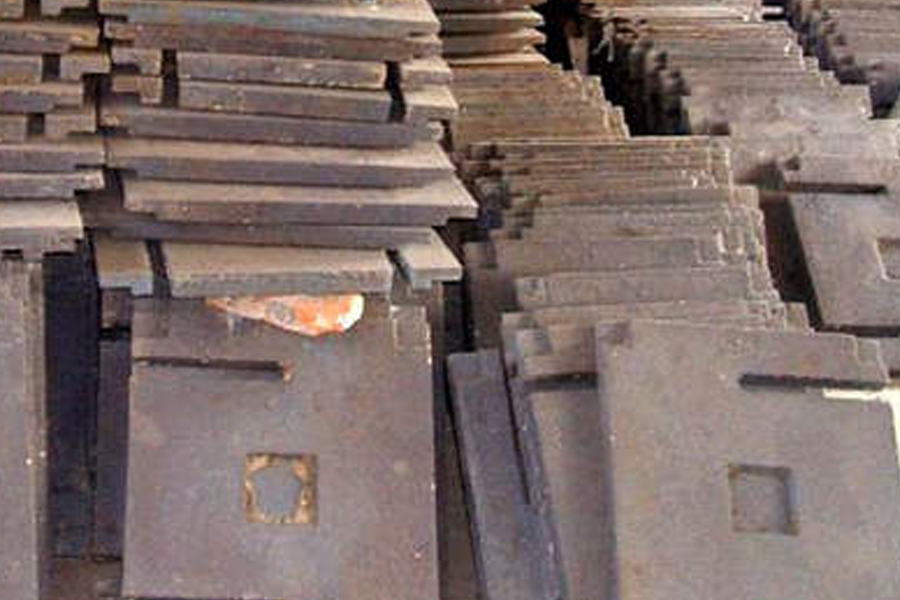
The ideal temperature for shot blast cleaning of castings is best to be close to the ambient temperature, but the cooling time of each foundry is not the same, so the temperature at which the casting enters the shot blasting chamber varies greatly. Therefore, when designing the shot blasting machine, the highest temperature possible for the user’s production should be considered. Assuming that the customer needs to clean up such extremely high temperature castings, the designed shot blasting machine must meet such requirements, so as to reduce future maintenance and shutdowns. And other issues including operational safety hazards. The shot blasting machine used in general foundries can process castings with a surface temperature of about 100°C. Under such temperature, it is not suitable to use rubber crawler conveyor shot blasting machine, but choose to use steel crawler or manganese steel crawler conveyor shot blasting machine. At high temperatures, such as up to 175° C, it must be supplemented with special high-temperature-resistant seals, curtains and hoist tracks.
These high-temperature operations also put forward special requirements for equipment maintenance. Hot parts, hot machines and hot abrasives are a challenge to equipment maintenance and operational safety. Under such production conditions, bearing lubrication, conveyor belt design, and fragility Material composition, ventilation and control systems often need to be replaced. Chains and other non-combustible materials replace rubber seals, curtains and tracks. Therefore, high-temperature castings will affect the choice of shot blasting equipment, and only suitable equipment can meet the requirements for efficient cleaning, safe production and reduced maintenance.
Most of the sand is removed by the process of falling sand. This helps to cool and reduce the workload of the next shot blasting and sand removal. There are also some foundries that eliminate the sand removal process and directly complete the sand removal task by the shot blasting machine. Sometimes, the sand on the casting entering the shot blasting chamber may be more than the metal itself. Therefore, for this type of application, the shot blasting equipment needs to be designed with a special recovery system to deal with the large amount of sand produced during the shot blasting process. The waste sand and the round steel shot abrasive sieve are separated by a magnetic separator or a winnowing separator.
If you choose a winnowing separator, you need a double-layer air blow-off device, and it is equipped with a secondary magnetic separation / winnowing design. For the cleaning of high temperature sand castings, the separator must be selected carefully, because high temperature will reduce the effect of magnetic separation. Such as processing solid casting molds, in order to improve the cleaning coverage rate and ensure that all surfaces of the workpiece are cleaned, usually the mold is placed on the table or in the rotating hook basket, and then sent to the shot blasting room, rotating and cleaning Sand cleaning.
If vibration shakeout is required before shot blasting, a vibrating device or drum is usually used. Drum-type sand falling, using tumbling media, can reduce the sand adhering to the surface of the casting, and facilitate subsequent shot blasting.
After analyzing the impact of the upstream process flow on the shot blasting requirements, the next step is to select the cleaning category, such as batch type, continuous pass type, or individual cleaning. General batch models include crawler, hook, and rotary shot blasting machines. The advantage is that the shot blasting time can be adjusted according to the different structures, shapes, and sizes of different castings, and can be cleaned at one time.
The crawler shot blasting machine is a batch cleaning system with high production efficiency. The castings can be cleaned up while being rolled without damaging the parts. Automatic loading and unloading have further improved production capacity. The rotary hook shot blasting machine is suitable for cleaning thin-walled or vulnerable and fragile parts. Rotary shot blasting machine is suitable for large castings or those that cannot be rolled, the hook/chain cannot bear the weight or it is not easy to fix the workpiece.
For foundries with high output requirements, continuous cleaning systems are usually selected, including continuous crawler shot blasting machines, continuous drum shot blasting machines, vibrating tunnel shot blasting machines and mesh belt through shot blasting machines. For most continuous cleaning operations, especially when customers need to clean a variety of different structures and sizes of castings, it is very important to determine the size of the conveying system and the capacity of the shot blasting chamber, which can minimize the need for rework. The size of the continuous shot blasting machine must be determined based on the weight of the heaviest workpiece to be cleaned by the customer, the volume of the casting and the average tonnage passed per hour.
Whether you choose continuous or batch type shot blasting equipment, casting density is another important consideration. Some models are designed to clean special casting types, such as robot-type automatic shot blasting machines for cleaning cylinder blocks and cylinder heads. Manual shot blasting machine, inclined belt shot blasting machine for cleaning brake drums, rotating roller shot blasting machine for cleaning cast pipes, walking beam and roller bed cleaning machines with automatic nozzles inside the cylinder block and cylinder head . The suspended shot blasting machine combines batch and through-type workpiece transportation methods, and is suitable for cleaning requirements for a variety of medium and high output castings.
For foundry enterprises, the most common process is shot blasting after falling sand and trimming. Sometimes, the cleaning of the injection gate attached to the casting is carried out together with the sand cleaning of the casting; sometimes, the cleaning of the gate is cleaned in a separate process.
Please keep the source and address of this article for reprinting:How To Choose The Right Casting Cleaning Equipment
Link to this article:How To Choose The Right Casting Cleaning Equipment
Reprint Statement: If there are no special instructions, all articles on this site are original. Please indicate the source for reprinting:Mold Wiki,Thanks!^^

